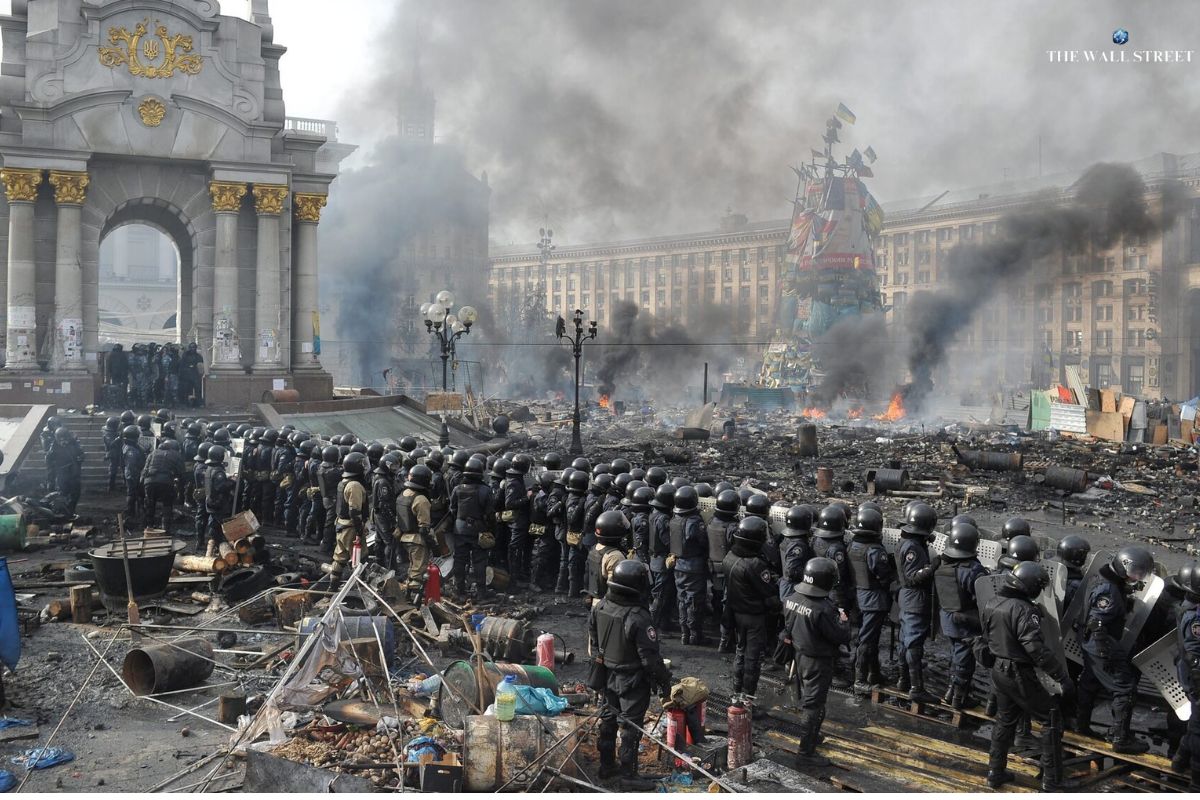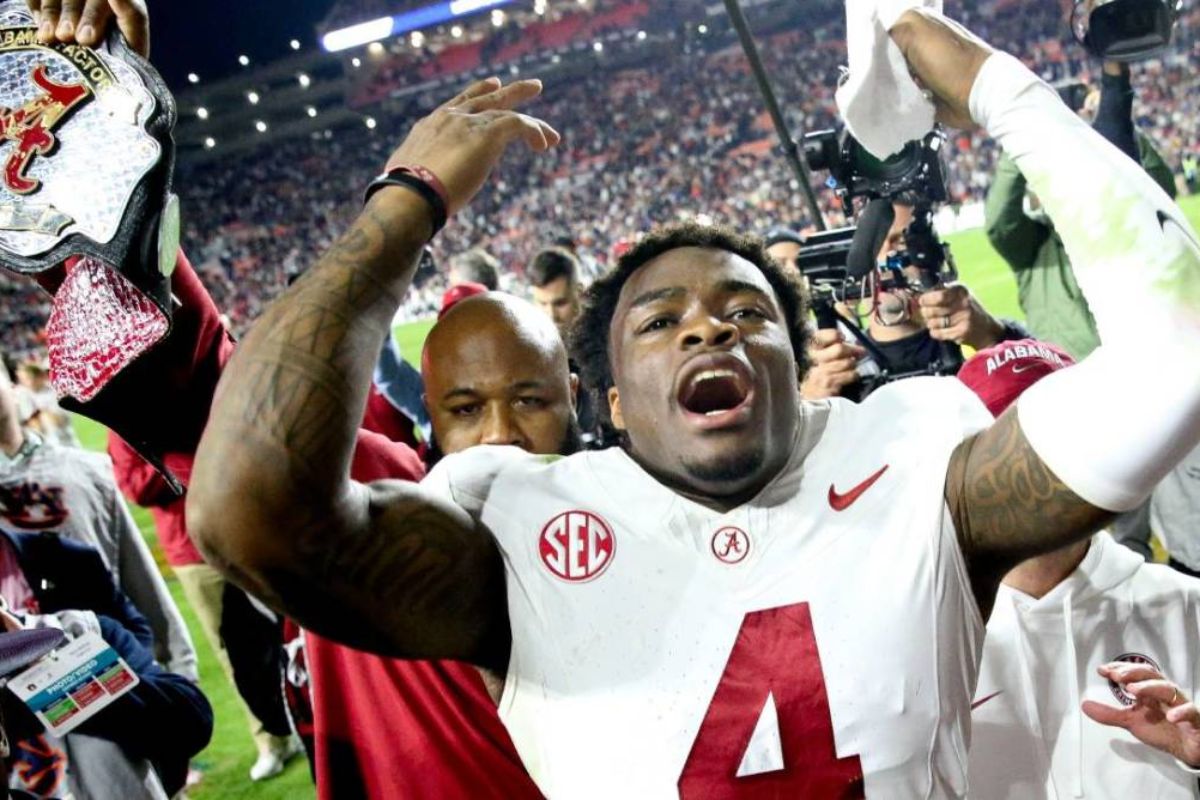The United States permits Ukraine to use its weaponry to attack Russia, but it is unlikely to be major changes.
The tale of the past 27 months, since Russia invaded Ukraine, has been one of breaking down taboos. After rejecting Russia’s initial march on Kyiv, Ukraine has begged its Western friends for more and more assistance: first ammunition, then tanks, then cluster munitions, and finally fighter jets.
Each time, the West has debated whether to fulfil Kyiv’s most recent request, fearing escalation and potential Russian retaliation. Each time, the taboo was broken, but nothing happened. What was out of the ordinary one week had become routine the next.
However, the rhythm of thought and delay has been difficult to break. Despite obtaining additional weapons from the United States last month, Ukraine has been unable to use them as it wishes. As Moscow launched a surprise assault on the northern Kharkiv region this month, Washington banned Kyiv from deploying US weapons to attack Russian sites.
This too crumbled. President Joe Biden authorized Ukraine to conduct limited strikes using US weaponry on Russian territory near Kharkiv this week after many European governments lifted limits on how the weapons they had given Kyiv could be used.
That was when US Secretary of State Antony Blinken visited Prague, the Czech Republic’s capital, and said something crucial about what was going on near Kharkiv city.
He said that Russian forces had gathered on their side of the border. Blinken explained that Ukraine had approached the US in the past few weeks to seek its permission to use weapons that were given to them to ward off this aggression.
And, sure, President Biden permitted Ukraine. Ukraine’s President Volodymyr Zelensky welcomed the decision, saying that these are positive developments that would enable his army to protect the volatile Kharkiv region.
But what could this mean? Well, some analysts are raising scepticism over whether these new steps will go on to make Ukraine stronger against a possible Russian invasion.
In a nutshell, Blinken spilt the beans about Russian forces getting cosy near the border, Ukraine asked for US permission to use the weapons, Biden said yes, and Zelensky was happy.
But not everyone’s convinced these moves will do the trick.
Some are bullish. This month, the calls for the US to remove the restrictions became more desperate, as Russia continued to pummel Kharkiv city with missiles and make gains elsewhere in the region.
In a CNN op-ed, Adam Kinzinger and Ben Hodges described the bizarre effect of the US taboo: “We have heard Ukrainian soldiers repeatedly tell stories of Russian columns attacking, being repelled, and retreating to safe Russian territory to regroup, have a hot meal, plan and attack again.”
They wrote, pushing Biden to call Russian counterpart Vladimir Putin’s bluff, saying that Ukraine cannot prevail as long as Russians are allowed to assault civilian targets with impunity and declare “time out” within their own borders.
However, military analysts have reduced their expectations, in part because the US is refusing to let Ukraine employ the most potent weaponry it has been given—long-range missiles known as ATACMS, which can attack targets up to 300 kilometres (almost 200 miles) away.
Alternatively, Ukraine is limited to using GMLRS missiles, which are shorter-range weapons with a range of about 70 kilometres (40 miles).
The policy adjustment, according to Kateryna Stepanenko, an expert at the Institute for the Study of War in Washington, will “blunt” Russia’s attack in Kharkiv while “preserving the majority of Russia’s sanctuary space.
The approach maintains a level of protection for Russia’s operational and deep rear, thus the recent changes in the vicinity of Kharkiv Oblast are not significant enough to influence the course of the war.
Since many Russian airfields that enable strikes against Ukrainian cities are outside of the permitted GMLRS range, Ukraine needs to be able to hit deep rear areas in particular to eliminate the Russian land and air threats, she said.
According to Franz-Stefan Gady, an associate fellow at the International Institute for Strategic Studies, Ukraine will be able to “hit some Russian staging areas, command and control centers, as well as supply depots” as a result of the GMLRS cross-border strikes. Instead of stopping, it will make Russian military operations on Kharkhiv more difficult.
Since the Russian armed forces have already gotten used to the deployment of ground-based precision fires, we need to be realistic about what can be expected from this policy change, he stated.
According to Center for European Policy Analysis expert Mathieu Boulegue, Ukraine will be able to “be more efficient when it comes to repelling attacks and pushing back preemptively” as a result of the policy change.
It’s not a game-changer. It is an extra booster, a steroid, and an add-on. for Ukraine to defend itself,” he said.
The red lines fade away from Ukraine
The United States, like the United Kingdom, France, Germany, and a number of other countries, is easing restrictions on how Ukraine uses the weapons it receives.
Putin had vowed to deploy nuclear weapons surreptitiously to warn nations considering allowing Ukraine to use its weapons against Russia before Biden gave the go-ahead. He warned of “serious consequences” from the measure, particularly for “small and densely populated countries.”
Putin stated earlier this month that he is ready for peace talks in addition to threatening to deploy nuclear weapons.

“The purpose of all these lies is to dissuade Western policymakers from enabling Ukraine to avert Russia’s assault on Kharkiv city,” said Stepanenko.
While the lifting of this taboo appears to usher in a new chapter in the war, Russia has already faced Ukrainian strikes with Western weaponry on territory it considers its own.
Ukraine has often targeted occupied Crimea, which Russia annexed in 2014, with “Storm Shadow” missiles supplied by the UK.
Ukraine also started strikes on Kharkiv and Kherson in late 2022, attempting to free the regions taken by Russia during the initial weeks of the full-scale invasion.
In all cases, Russia had warned Ukraine and its Western partners against crossing its red line. In both situations, Ukraine and its Western supporters ignored the warnings.
“The Kremlin already regards strikes against occupied Crimea and Donetsk, Luhansk, Kherson, and Zaporizhia oblasts as ‘strikes against Russia,’ but the reality is that there are few things that Russia can do to further escalate its war in Ukraine without incurring major risks,” said Stepanenko.
Read more
What Is The Meaning Of “All EYES ON RAFAH” Truth Behind The Scene
War in Ukraine – Russian Drone Plant That Could Shape

Becky Scott is a seasoned finance journalist specializing in providing expert guidance on financial news and trends. With a career dedicated to demystifying complex economic topics, Becky offers clear and insightful analysis that empowers readers to navigate the world of finance with confidence. Her articles are known for their practical advice and thorough research, aimed at helping individuals and businesses make informed financial decisions. Becky Scott’s passion for financial literacy is evident in her commitment to delivering accurate and accessible information that resonates with a wide audience.







